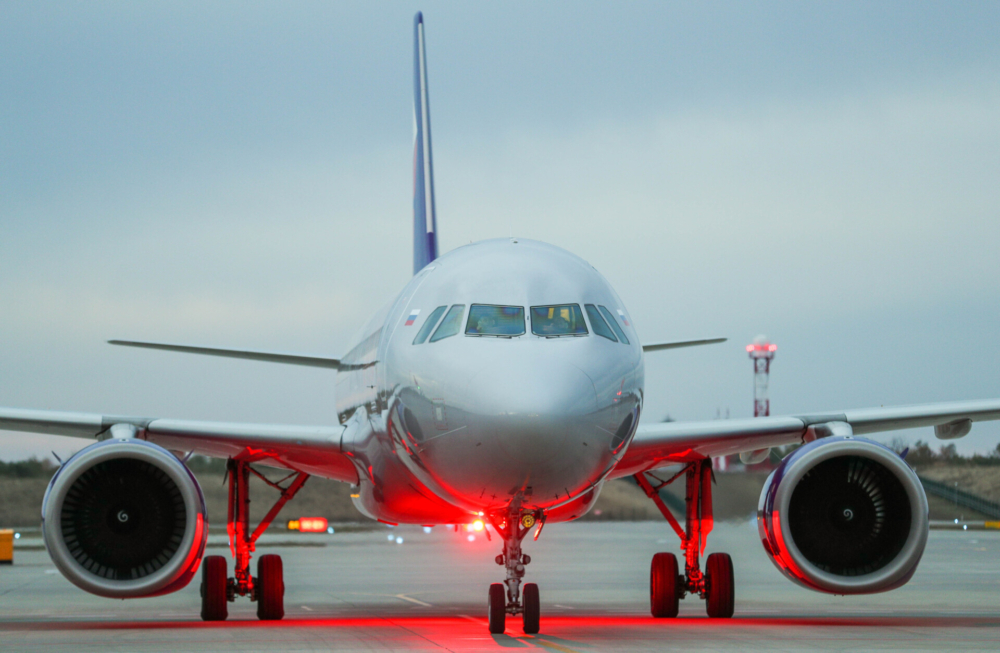NASA’s aircraft flight scheduling technology will start rolling out in 2023 to better coordinate aircraft movements at airports across the United States. It follows almost four years of research and testing by NASA and the FAA.

Technology to get planes from gate to takeoff faster
NASA’s surface metering technology is being integrated into the FAA’s airport surface management technology called the Terminal Flight Data Manager (TFDM) that will get implemented at 27 airports around the US.
The platform aims to improve efficiency, shift departure wait times from the taxiway to the gate, save fuel, reduce emissions, and give airlines and passengers more flexibility in the period before leaving the gate.
After real-world tests began at Charlotte Douglas International Airport in 2017, NASA handed over the technology to the FAA in September.
“NASA’s partnership with the FAA is constantly delivering for the American people, improving the efficiency of the commercial airline industry for the environment and passengers across the country,” said NASA Administrator Bill Nelson.
“Our flight scheduling technology, which makes it possible for personnel to better coordinate the movements of aircraft while they’re at the airport, will soon help ensure more passengers get off the ground and home for the holidays faster and more efficiently than ever before.”
At its core, NASA’s software calculates optimum gate pushbacks through time-based metering. Aircraft can go directly to the runway to take off and avoid excessive taxi and hold times, reducing fuel use, emissions, and passenger delays.
“As we deploy this software, the travel experience gets better for passengers all the while aviation’s emissions decrease. It’s a win-win,” says FAA Administrator Steve Dickson.

NASA software demonstrates fuel savings, emissions reductions, and time savings for airlines.
Over the four years, initially at Charlotte-Douglas International Airport and later at Dallas Fort Worth International Airport and Dallas Love Field, NASA roadtested their software called Airspace Technology Demonstration 2 (ATD-2) and demonstrated benefits that include fuel savings, emissions reductions, and time savings for airlines.
During testing at Charlotte Douglas, NASA’s ATD-2 software reduced taxi times, helping save more than 275,000 gallons of fuel annually, or enough to fly 185 Boeing 737 aircraft between New York and Chicago.
The platform also reduced greenhouse gas emissions by eight tons of carbon dioxide daily. It reduced delays by 916 hours over four years, equivalent to an average of 15 minutes of wait time on a taxiway for more than 3,600 departing flights.
“This air traffic scheduling technology enhances aircraft efficiency and improves dependability for passengers every day,” added Bill Nelson.
“The future of flight must be more sustainable and environmentally friendly. This new capability as part of a flight merging system has a double benefit: It reduces aircraft emissions while, at the same time, air travelers experience more on-time departures.”

NASA’s aeronautics research flows through to the commercial aviation sector
Phoenix’s Sky Harbor International Airport is likely to be the first airport to use the TFDM platform. All up, 89 airports around the US will see the technology implemented, with the 27 busiest airports having ATD-2 integrated into the platform.
NASA’s aeronautics research is continually flowing through to the commercial aviation sector. ATD-1 featured new ground-based and flight deck technologies that enable the use of fuel-efficient procedures throughout the entire arrival phase of flight. These technologies are now in the final stages of implementation by the FAA and industry.
ATD-3 focused on providing pilots and air traffic managers with options for adjusting aircraft flight paths based on real-time input, including wind and weather conditions and other air traffic.
from Simple Flying https://ift.tt/3l2tePd
via IFTTT
Comments
Post a Comment